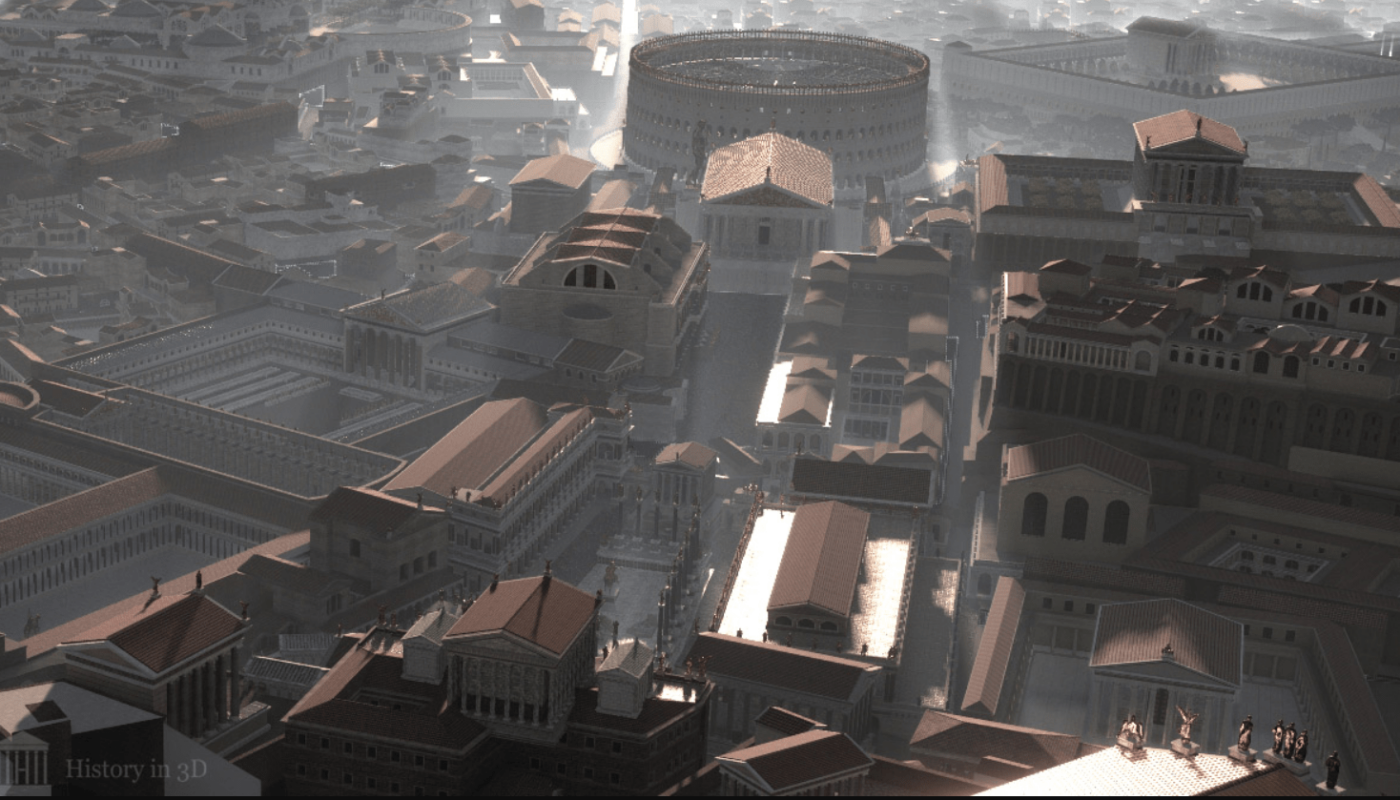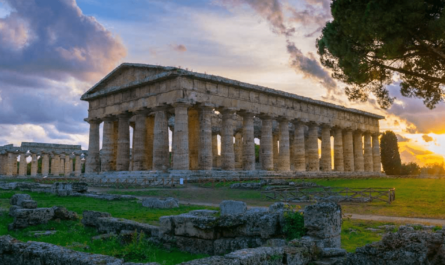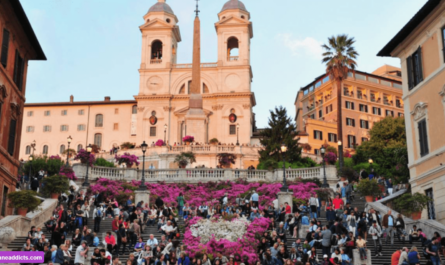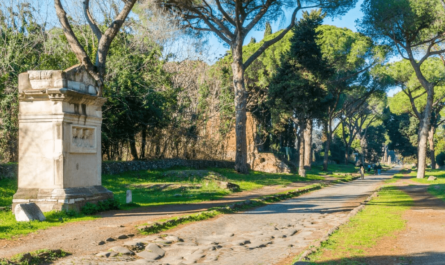Rome is known for many remarkable attributes, one of which is its designation as the Eternal City. But what is the origin of this esteemed title? When did Rome receive this name, and who was responsible for it?
Although numerous ancient cities exist around the world, Rome has always held a distinct position in both historical and popular contexts.
Cities like Jerusalem and Kyoto have also briefly held the title of eternal, but Rome is unique in having retained this designation for thousands of years without any signs of relinquishing it.
In this article, we explore the reasons behind Rome’s nickname as the Eternal City, its enduring legacy, and why it continues to be known by this name.
Who first referred to Rome as the Eternal City?
To begin, who is credited with this famous title?
For many years, the 2nd-century Emperor Hadrian was thought to be the originator of this nickname. This belief was based on a quote attributed to him from a manuscript, which stated: “Rome shall live, Rome shall only perish with the last city of men.” However, this attribution is incorrect. The quote actually comes from Marguerite Yourcenar, a modern Belgian-born French novelist, from her novel Memoirs of Hadrian, where the emperor reflects on his life and death.
Historical records indicate that the title “Eternal City” was first used by Albius Tibullus, a Latin poet from the 1st century BC. In his Elegies, he wrote: “Romulus Aeternae nondum formaverat Urbis moenia,” which translates to: “Romulus had not yet built the walls of the Eternal City.”
When did Rome earn the title of Eternal City?
This suggests that Rome has been known as the Eternal City since the 1st century BC. Subsequent poets like Virgil and Ovid embraced this description and began referring to Rome as an everlasting city.
What makes Rome the Eternal City?
With a history spanning 2,776 years from its traditional founding date in 753 BC, it’s clear why Rome is called the Eternal City. This ancient title reflects Rome’s long-standing prominence and prestige throughout history.
Rome has always been a symbol of glory. Even during the Middle Ages, when its population declined, it remained an important center. From emperors to popes, from autocracies to republics, Rome has experienced it all.
The legendary origins of Rome, rooted in myth and divine tales, contributed to its significance from the beginning. The ambition of its early leaders helped establish Rome as the empire’s capital.
Although the exact reasons for Tibullus’s choice of title are uncertain, the continued use of “Eternal City” for thousands of years suggests several key reasons:
- Historical Depth: Rome’s extensive history is a major factor in maintaining the “Eternal City” title.
- Enchanting Atmosphere: The city’s charm is evident in its art, aesthetics, lifestyle, dining, and cafes.
- Spectacular Scenery: Rome’s visual beauty is remarkable from any angle.
- Artistic Masterpiece: Rome’s appearance has been shaped by renowned artists across different eras, making it a grand work of art.
- Open-Air Museum: Rome offers free access to its historical and artistic treasures daily, including Piazza Navona and the Colosseum.
- Blend of Old and New: The coexistence of ancient and modern landmarks adds to Rome’s timeless allure.
What makes Rome so extraordinary?
Why does Rome continue to be celebrated with its ancient title and remain a captivating travel destination? Despite being named thousands of years ago, Rome’s allure remains undiminished.
The city is filled with historic sites that continue to play a role in daily life. Many buildings, such as ancient bridges and churches, have been in use for centuries. Notable examples include the Basilica of Santa Maria in Trastevere and Santa Sabina on Aventine Hill.
Rome’s uniqueness is intertwined with its rich history, religious evolution, and cultural significance. The city’s various historical phases include Ancient Rome, Renaissance Rome, Baroque Rome, and its role as Italy’s capital.
Among Rome’s many historic sites, Castel Sant’Angelo stands out. Originally constructed as Emperor Hadrian’s mausoleum, it has served various functions over the centuries, including a fortress, residence, and prison.
This continuity and adaptability contribute to Rome’s ongoing significance, making it both remarkable and enduring. This is why Rome is celebrated as the Eternal City and known as Caput Mundi, or “the world’s capital.”



